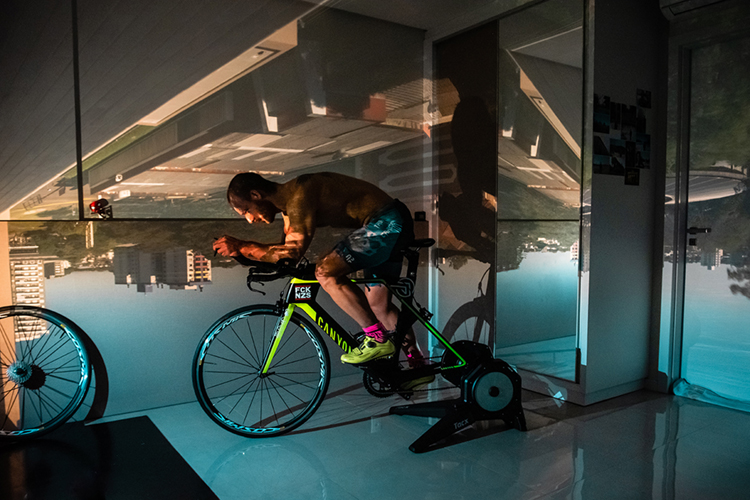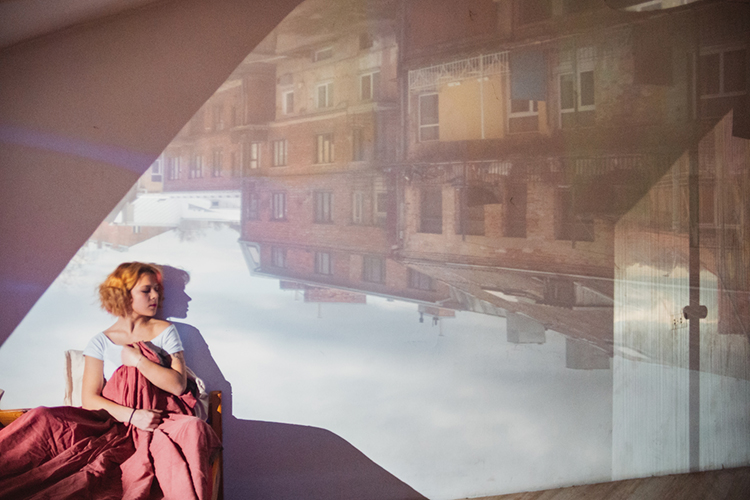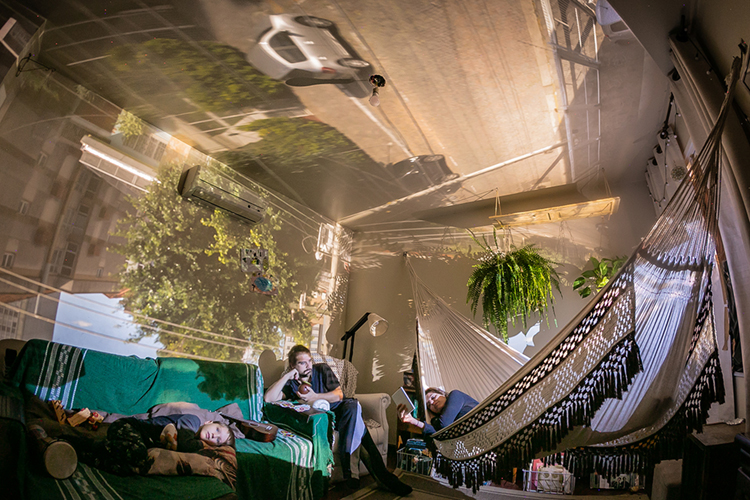Bruno Schmidt Alencastro “Obs-cu-ra” |
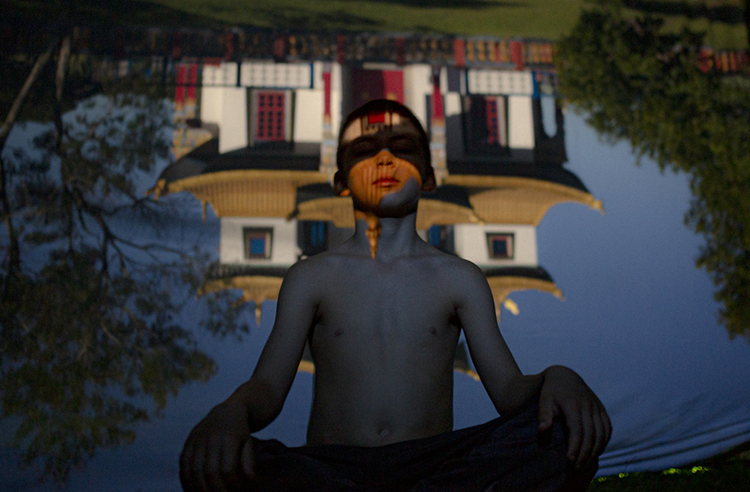 |
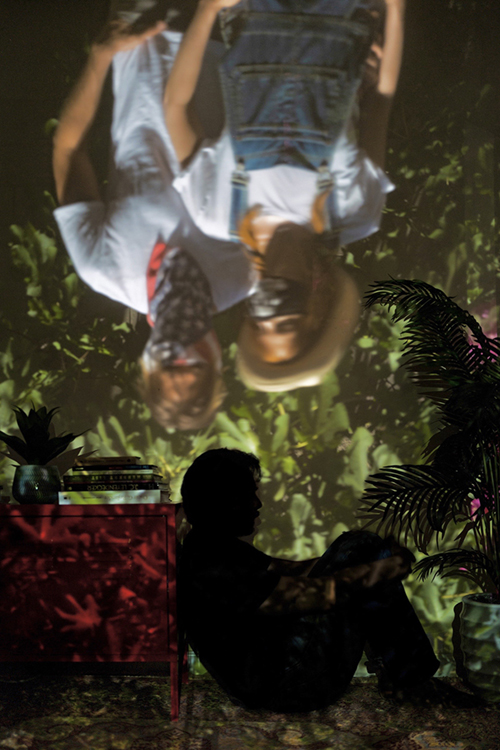 |
|
|
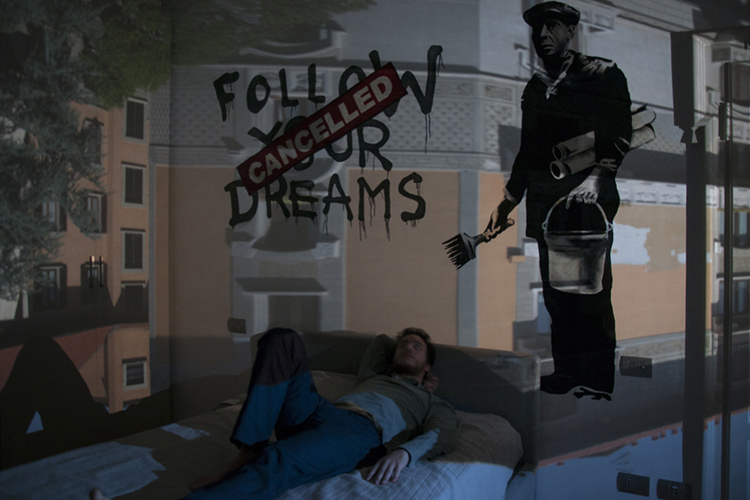 |
|
|
Obs-cu-ra: Ancestral of the photographic camera, the oldest reference to the principle of the camera obscura is attributed to the Chinese philosopher Mozi, in the 5th century BC But it is in the Renaissance that it starts to be used as an optical device: a completely dark box or room with a small entrance of light projects, in the opposite part of this opening, an inverted image of the external scene. Since then, the technique has been used for the most varied purposes: the visualization of solar eclipses without jeopardizing the vision; helping painters in search of a more faithful and two-dimensional representation of the world; until it served as inspiration for obtaining the first photograph in history, "View from the Window at Le Gras", produced over an eight-hour exhibition from the window of French inventor Joseph Nicéphore Niepce, in 1826, in the city of Saint-Loup -de-Varennes, France. Not by chance, the window as a point of view is a recurring motif throughout Art History. From “Woman at a Window” (1822), by the German Caspar David Friedrich, the Rear Window, by Alfred Hitchcock (1954). From waiting to voyeurism. there are many references, including Dalí, Picasso, Matisse, Magritté, to the most recent inspiration in the work of Cuban photographer Abelardo Morell, who transforms ordinary environments into surreal settings in his series Camera Obscura. A place that starts to be re-signified by different contemporary artists around the world in Covid-19 times. Nowadays, the window starts to represent the border and the abyss between the outside and the inside world. Freedom and confinement. Obs-cu-ra is the sum of it all. A series designed by photographer Bruno Alencastro from the 4th-floor window of the apartment where he lives. From there, he went to the homes of 12 more Brazilian photographers who agreed to turn their houses into large-format obscure cameras and captured life in times of pandemic. Each with its uniqueness. Achievements and losses. Wishes and privileges. Fears and hopes. The result is a photo essay characterized by a dark and enigmatic atmosphere, such as the indecipherable future that no one knows for sure. Until then, contact with the outside world continues to happen through this limited frame of reality, the representation of a changing life. A present that makes us think about the past in search of answers for when all this is over. Bruno Schmidt Alencastro |

